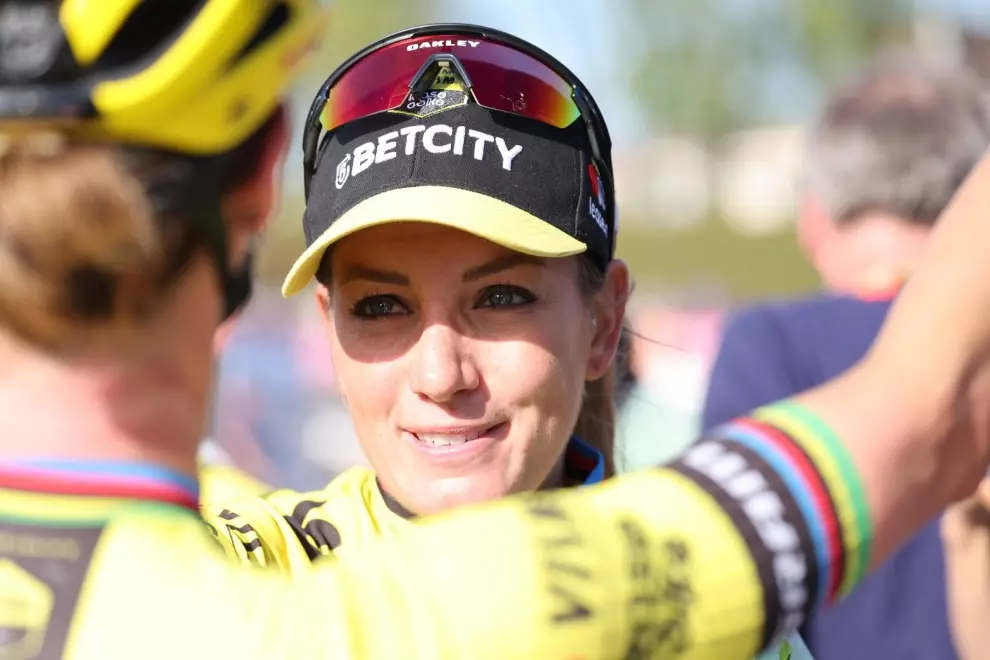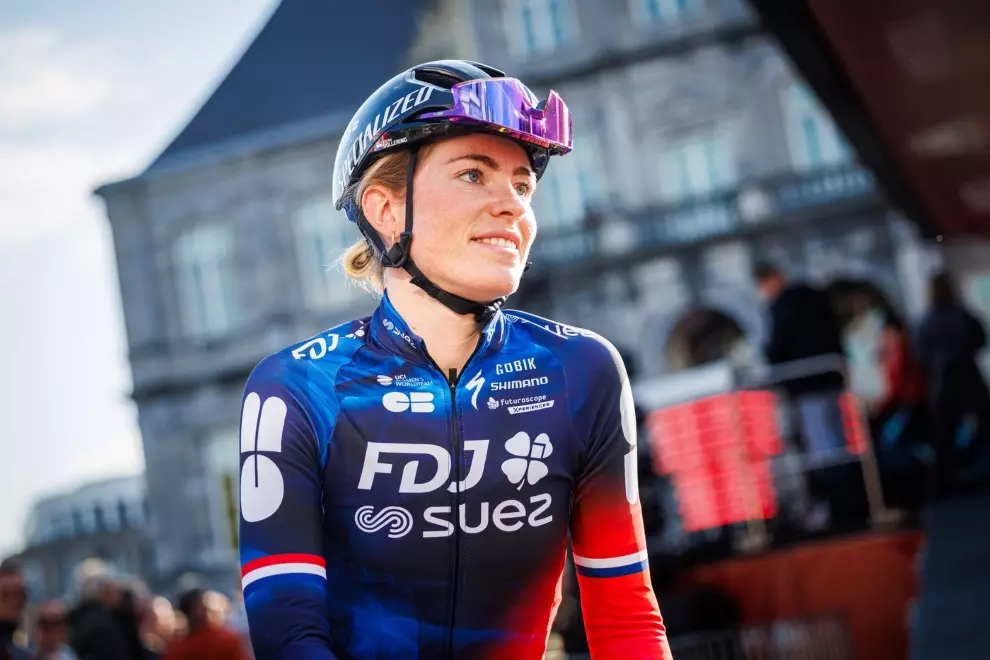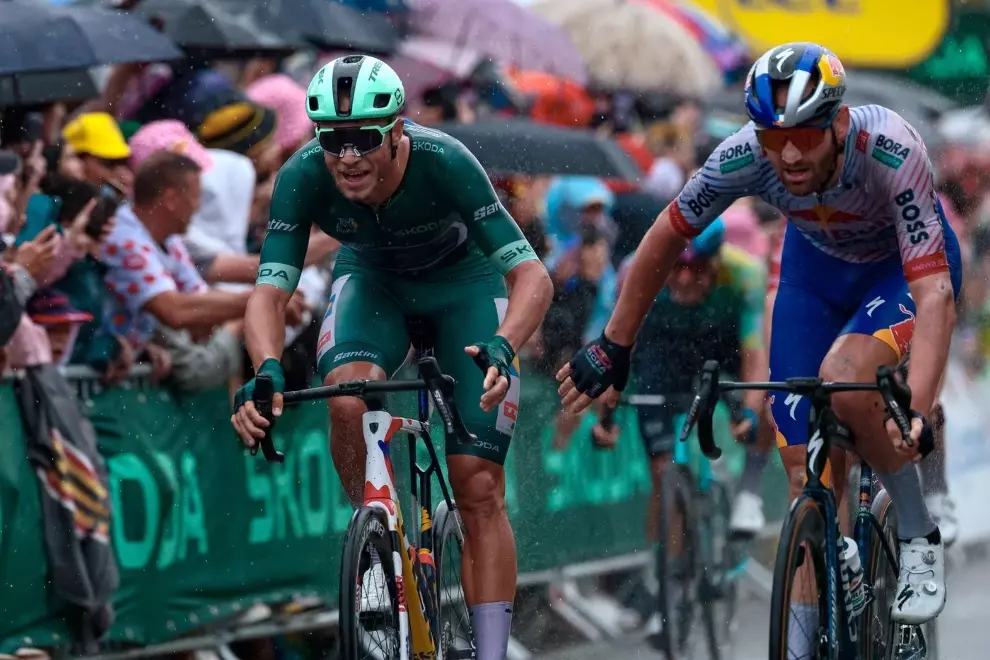Getting everyone on board with the new UCI regulations
The 2020 season marks the first step towards huge UCI reforms set to be phased in over the coming three years. One element of these changes is that, for the first time in women’s cycling, a minimum wage will be introduced at the WorldTeam level. This marks a substantial step forward, as women’s cycling has been rightly criticized in the past for the lack of financial and career security it offered to female cyclists. Minimum wages (standard procedure in the men’s peloton) are now being phased in, with salaries of €15,000 in 2020, €20,000 in 2021, €27,500 in 2022, and from 2023, parity with men’s ProTeam, currently around €30,000. The new requirements also grant holiday time, sickness and maternity cover, pension savings from 2022 and increased prize money.

Some teams are more enthusiastic about the changes than others though. Boels-Dolmans, the top-ranked women’s team since 2016, and home to four consecutive road world champions, is notably absent from the list of adoptees. In an interview with Cyclingnews, team manager Danny Stam stated that although the team had no problem meeting the minimum wage requirement, they found the additional costs associated with WorldTeam status too burdensome for teams that did not have a corresponding men’s team. Whether or not adjustments will be made in order to adapt to the differing situation of various teams remains to be seen.
Promoting diversity
Diversity and representation of minorities continues to be a problem in the world of athletics and society at large. Unfortunately, the top tier of cycling is by no means exempt from these shortcomings. Although in reality the cycling community is a rich collective of so many different kinds of people, the women’s (and men’s) pelotons continue to appear largely homogenous. When it comes to growing the sport and truly bringing the best of women’s cycling to a global stage, it is necessary to reflect this diversity as a more prominent way at the highest levels of competition. There’s a big opportunity here to accelerate development and a large part of it lies in providing resources to cultivate participation in countries that currently have a smaller economy of cycling and help them develop more autonomy.
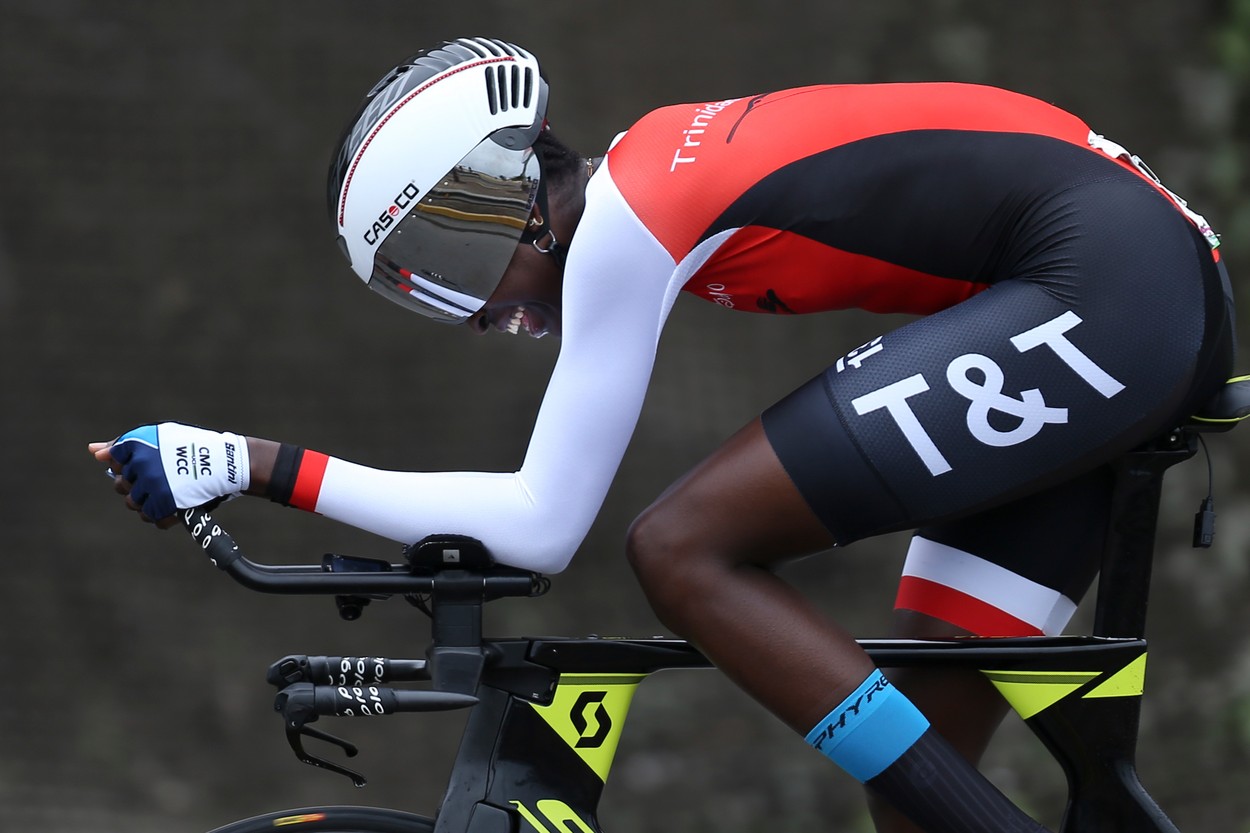
This is already starting to happen in several cases though and there are definitely some exciting prospects on the horizon. Take Teniel Campbell for example. The 22-year-old from Trinidad and Tobago currently rides for the UCI’s WCC team and has qualified as her country’s first-ever female spot in the Tokyo 2020 Olympic Games. The soon-to-be Olympian told Vox Women, “I want to bring so much to the sport and contribute to the growth of it in my country and worldwide.” Let’s hope to see more stories like this in the coming year.
Seeing women in management positions
Speaking of diversity, we’d also like to see more women in decision-making positions at the sport’s most prominent governing bodies. Having more women in the boardroom will naturally lead to more dialogue around gender equality, diversity, and simply contribute to a more well-rounded approach to how the sport is managed. By its very nature, diversity produces a more holistic analysis of issues within an organization, and by bringing together varied perspectives there’s no doubt that greater effort will be invested in promoting women’s cycling.
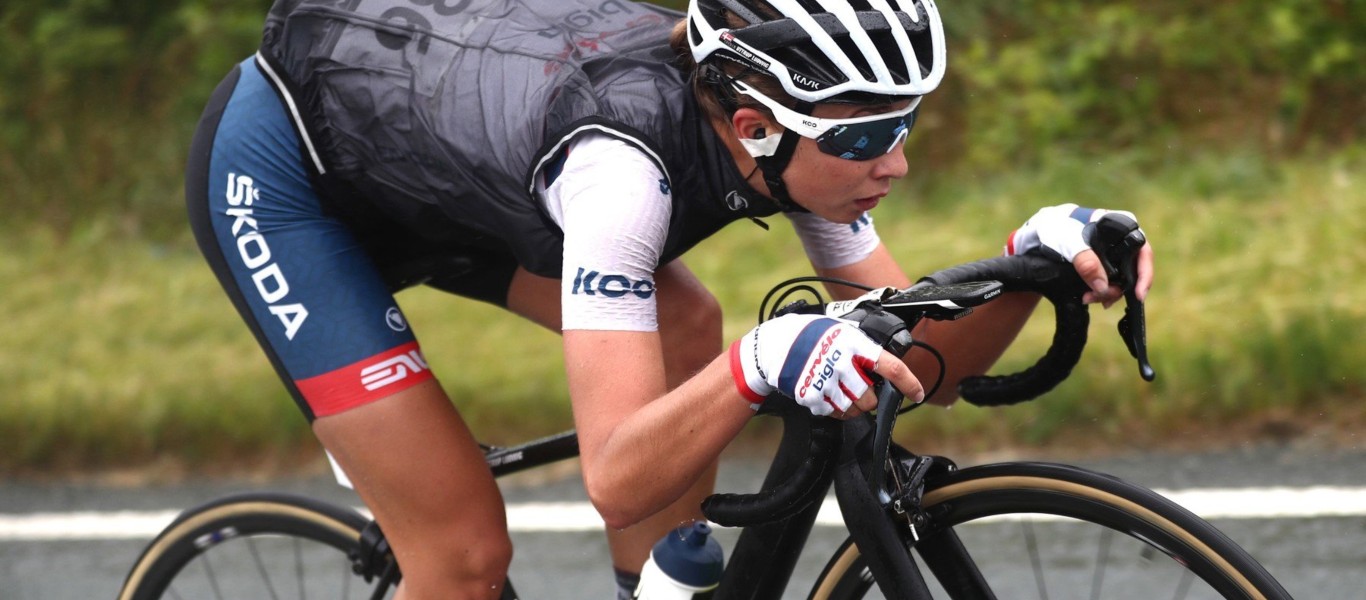
As Tracey Gaudry, UCI Management Committee Member, told Bicycling Australia, “Since I joined UCI nearly seven years ago there’s been a lot of heavy lifting to drive more gender diverse dialogue inside the boardroom. Getting that big gear turning is hard work, it’s been extremely exhausting but also very rewarding.”
Additional television coverage
Oft-lamented due to its central role in boosting the sport, media coverage continues to be of top concern for those looking to advance women’s cycling. Sponsors want return on investment, which comes from getting viewers, readers and listeners. It’s a self-perpetuating cycle, and with more money, more can be invested in growing the sport. This is what women’s cycling needs and in fact, there is more and more evidence to support the fact that cycling, as a whole, would greatly benefit (bigger audience, more sponsors) if women’s races were put on equal footing with men’s races. The Colorado Classic made this a top priority last year, while switching to a women’s only race, and we hope to see more events follow suit.

Becoming more sustainable
As the bicycling industry looks towards ways of reducing its carbon footprint, women’s cycling is in a unique position to improve upon the men’s model when it comes to becoming greener. This includes things like using electric cars and motorbikes for race convoys, creating official green zones for waste, and using biodegradable water bottles. As the UCI works to make sustainability a priority, there is an opportunity for women’s cycling to prove themselves trailblazers when it comes to making cycling a more environmentally conscious sport.
All that said, in order to overcome these challenges — it’s going to take the work and support of people both within and outside of the women’s cycling community. This is such an exciting time for the sport and the next few years are critical. Let’s keep the discussion going and continue to find new ways to mobilize the momentum and improve upon the strides made thus far. Here’s to looking back on 2020 as the year women’s cycling really came into its own.

